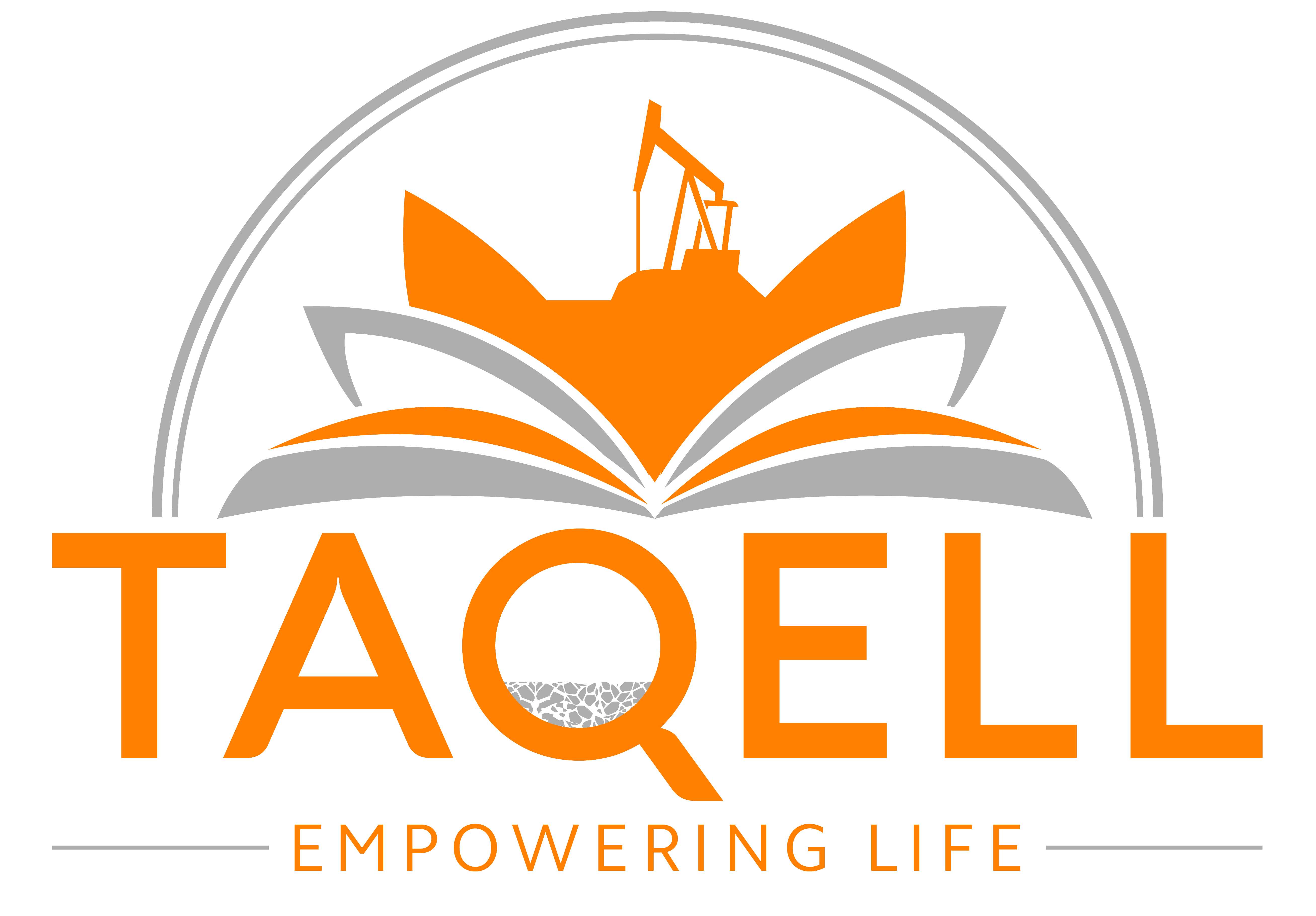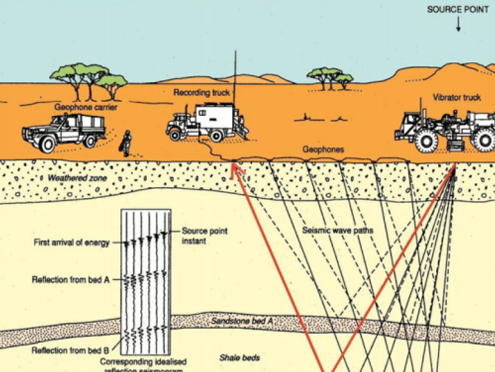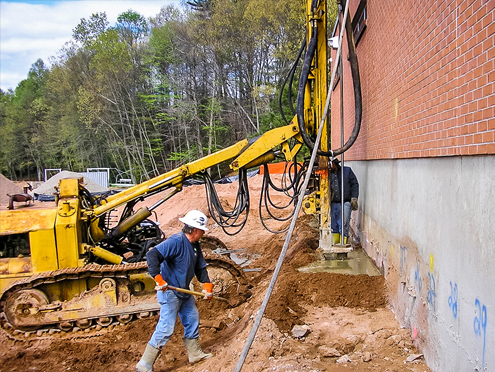Course Overview
The Case Studies on Geotechnical Challenges and Risk Mitigation course at TAQELL delves into real-world geotechnical challenges and the strategies used to overcome them. This course is designed to provide participants with a practical understanding of how to identify, analyze, and mitigate geotechnical risks in civil engineering projects.
Course Format
• Online: Flexible and accessible learning from anywhere, perfect for working professionals.
• Offline: Hands-on learning with direct access to instructors and practical case studies, ideal for those who prefer face-to-face interaction.
Detailed Course Content
Challenges Faced in Geotechnical Investigation
Geotechnical investigations face several challenges, including the variability of subsurface conditions such as differences in soil types, rock formations, and groundwater levels, which can lead to inaccurate data and affect the design and safety of structures. Mitigating these issues involves using advanced geophysical methods, comprehensive borehole logging, and cross-referencing with historical data. Access limitations due to difficult terrain, urban environments, and restricted areas can complicate equipment deployment and personnel access, leading to incomplete data collection and increased safety risks, which can be mitigated through the use of portable and remote sensing equipment, careful planning, and coordination with local authorities. Environmental and regulatory constraints, driven by stringent regulations and the need to protect sensitive ecosystems, can delay investigations and limit the scope of methods used, necessitating non-invasive methods, regulatory compliance, and close collaboration with environmental agencies. Ensuring data quality and integrating various sources can be challenging, especially when different methods produce conflicting results, which requires rigorous quality control, cross-verification of data, and advanced integration software. Lastly, balancing the thoroughness of investigations with project budgets and timelines is difficult, as insufficient investigation can lead to costly delays and remediation efforts, which can be mitigated by prioritizing critical areas for detailed investigation, using cost-effective methods, and allocating adequate resources for comprehensive site characterization.
Ground Improvement Techniques
Compaction involves increasing the density of soil by mechanical means, such as dynamic compaction, vibro-compaction, and compaction grouting, to improve its bearing capacity and reduce settlement, making it suitable for loose, granular soils in preparation for construction. Stabilization enhances soil strength and durability by adding stabilizing agents like lime, cement, or fly ash, or using geosynthetics, ideal for weak or expansive soils that require increased load-bearing capacity. Reinforcement improves soil strength and stability by incorporating materials such as geogrids, geotextiles, and soil nails, effectively used for slopes, embankments, and retaining structures. Grouting involves injecting grout materials into soil to fill voids and increase cohesion through methods like permeation grouting, jet grouting, and compaction grouting, suitable for stabilizing loose or fractured soils and reducing permeability. Preloading and vertical drains apply loads to the ground surface to consolidate soft soils and expedite settlement, using surcharge loads and installing vertical drains to facilitate drainage, commonly used in soft clay and silty soils for large-scale projects like embankments.
Deep Foundation Challenges
Designing deep foundations involves meeting specific load-bearing requirements and site conditions, which can be highly complex and, if inadequate, may lead to foundation failure and structural damage. Mitigation strategies include using advanced modeling software, conducting comprehensive site investigations, and collaborating with experienced geotechnical engineers. Construction of deep foundations, such as piles and drilled shafts, is complex and involves intricate procedures and equipment; issues during construction can cause delays, cost overruns, and compromised foundation integrity. Mitigation involves detailed planning, skilled labor, and adherence to best practices and quality control standards. Unpredictable or adverse ground conditions, such as variable soil layers or obstructions, complicate deep foundation installation, increasing construction risks and costs; strategies include comprehensive site characterization, flexible foundation design, and contingency planning. Efficient load transfer from structure to foundation elements is crucial, requiring careful consideration of soil-structure interaction; inadequate transfer can lead to excessive settlement or foundation failure. Mitigation involves detailed load distribution analysis, use of load testing methods, and optimizing foundation design. Deep foundation construction can significantly impact the environment with noise, vibration, and disturbance; addressing these concerns involves environmentally-friendly construction techniques, noise and vibration control measures, and engaging stakeholders to manage regulatory challenges and community opposition.
Learning Outcomes
Upon completing the Case Studies on Geotechnical Challenges and Risk Mitigation course, participants will be able to:
• Identify and analyze common challenges in geotechnical investigations.
• Apply effective ground improvement techniques to enhance soil properties.
• Understand the complexities and challenges associated with deep foundation design and construction.
• Develop strategies to mitigate risks and ensure successful geotechnical project outcomes.
• Learn from real-world case studies and apply best practices in their projects.
Who Should Attend?
This course is ideal for:
• Civil and geotechnical engineers.
• Construction project managers.
• Quality assurance and control professionals.
• Engineering consultants and planners.
Course Benefits
• Expert Instruction: Learn from seasoned professionals with extensive experience in geotechnical engineering and risk mitigation.
• Hands-on Experience: Gain practical skills through real-world case studies and interactive sessions.
• Flexible Learning: Choose between online and offline formats to suit your schedule and learning preferences.
• Comprehensive Curriculum: Cover all aspects of geotechnical challenges and risk mitigation, from investigation to construction.



